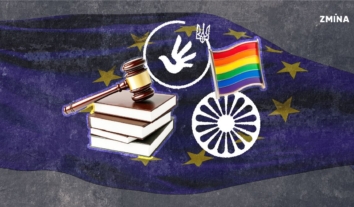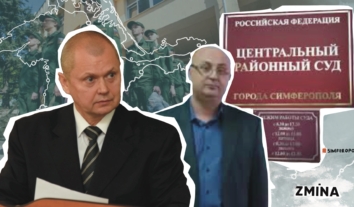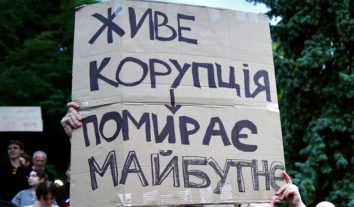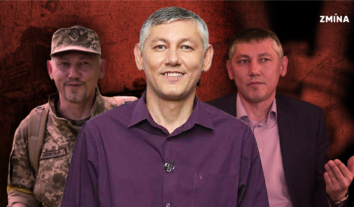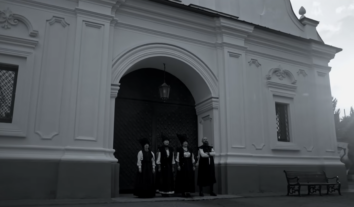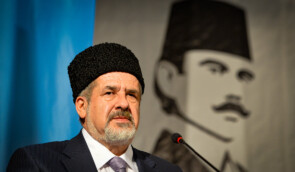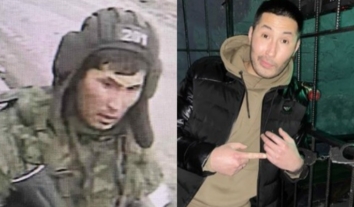Author of report on Holodomor included in Russia’s list of ‘extremists’
The book by lawyer Raphael Lemkin, the author of the term “genocide”, was included in the Russia’s “Federal List of Extremist Publications.”
The decision No.3151 was published on the website of the Justice Ministry of Russia, the Istorychna Pravda (Historical Truth) Ukrainian online newspaper reports, citing the local media.

It refers to the lawyer’s article entitled “Soviet genocide in Ukraine” released in 1953, where the man-made famine, Holodomor of 1932-1933, was described as the genocide of the Ukrainian people for the first time.
“If the Soviet program succeeds… Ukraine will perish just as if all Ukrainians without exception were killed,” the researcher wrote. “Because Ukraine will lose those people who have preserved and developed the culture, belief, unifying ideas, giving the soul to Ukraine, making Ukrainians the nation, not just the population.”
As the newspaper writes, some of the historical researches dedicated to the Holodomor were included in the list of “extremist” publications in 2012.
April 2014, the editions of the monograph of the Russian historian about the Organization of Ukrainian Nationalists (OUN) and the Ukrainian Insurgent Army (UPA) were seized from the Russian retail chains without the court’s ruling.
May 2014, the Russian court recognized the article of the German historian about the activities of the Soviet partisans in the Bryansk region of the Russian Federation as “extremist.”
August 2015, the occupying authorities of the so-called “DPR” announced their intention to destroy the memorials to the victims of Holodomor and repression in Snizhne district (Donetsk region), which was most affected by the famine among all the USSR areas.
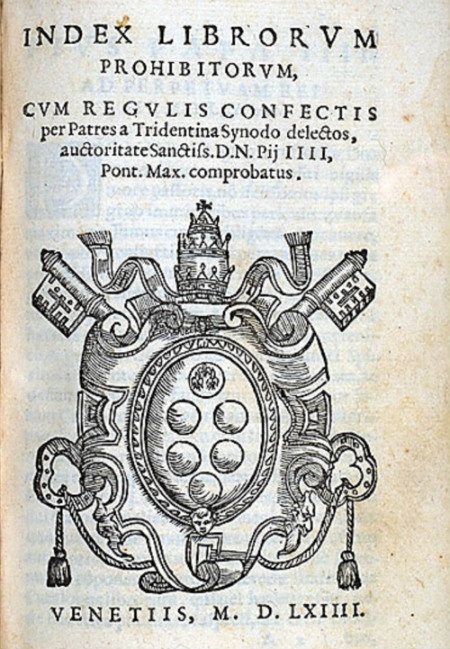
Raphael Lemkin is the founder of the genocide studies. He made efforts for the world community to recognize the annihilation of a group of people on ethnic or other grounds as the crime.
He was the first lawyer, who studied the genocide in Ukraine in the context of the international law.
Lemkin was born in the family of Jewish villagers in what is now Belarus. He studied at the Lviv University and practiced law in Warsaw.
In the 1930s, examining the tragedy of annihilation of the Armenians by the Turks, Lemkin suggested introducing a legal term “the crimes of barbarism.”
In 1939, he fought against the Nazi invaders in the ranks of the Polish Army and was wounded. In 1941, Lemkin went to the United States and teach law at the leading American universities.
49 of his European relatives were killed during the Holocaust, and just four survived. The parents of the lawyer were killed in the gas chamber of the Treblinka death camp in 1943.
In 1944, Lemkin gave a definition of the legal concept of “genocide.” In 1945-1946, he was an adviser to the U.S. Supreme Court at the Nuremberg trials.
He was the ideologist and promoter of the UN Convention on the Prevention and Punishment of the Crime of Genocide (adopted in 1948 in Paris), which became the watershed document of the post-war international law along with the Universal Declaration of Human Rights.
The lawyer presented the report “Soviet genocide in Ukraine” in New York in September 1951. Since then, the report has been published in 28 languages. In 2015, the Meshchansky District Court in Moscow recognized this report as “extremist.”
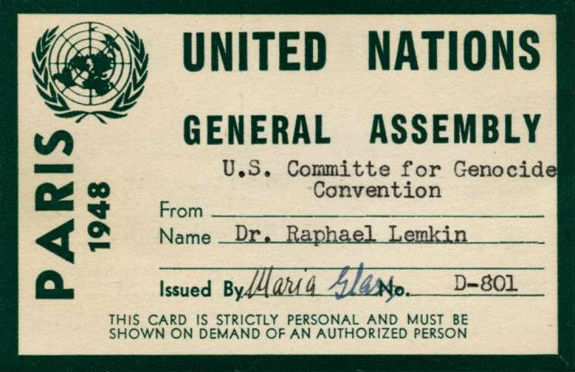
In October 2015, the Ukrainian Institute of National Memory ranked Lemkin in the list of the People of Truth, those who helped to preserve and tell the world the facts about the Holodomor.
The so-called “list of extremists” was published in Russian in 2007 for the first time, and consisted of 14 items. As of November 20, 2015, there were 3152 publications on the list.
Meanwhile, the researchers have presented the updated data about the Holodomor.
The experts believe that June 1932 was the deadliest time for Ukraine as 28,000 Ukrainians died every 24 hours then, the Radio Liberty reports with the reference to the Institute of Demography and Social Studies of Ukraine.
According to the recent study, 3.9 million people were killed by man-made famine in 1932-1934, amounting to 13% of the total population.
“According to the obtained calculations, the losses due to high mortality are 3.9 million people, i.e. those who would not have died if it had been no famine. It turned out in the process of calculation, that the increase in mortality was observed not only in 1932 and 1933, but in 1934 as well, so we evaluated the three-year period,” said leading researcher at the Institute of Demography and Social Studies Natalia Levchuk.
According to her, the residents of Kyiv and Kharkiv regions suffered most of all, as a million people were killed in each region. Chernihiv and Donetsk regions suffered the lowest losses.
Over three and a half million Holodomor victims were villagers, nearly three hundred thousand victims were town residents.
The children up to ten years old amounted to the quarter of deaths from famine in 1932-1933. More than 600,000 babies were not born.
“It is just impossible for common sense to understand what was done during the famine. The state simply destroyed its population. This event, which can be described as the man-made catastrophe, was planned and carried out with the support of the state leadership, it cannot be otherwise. The total loss of the Soviet Union population from hunger is estimated as 8.7 million people. In absolute terms, Ukraine suffered the biggest losses, followed by Russia and Kazakhstan at the third place,” Oleksandr Hladun, the head of the department of the Institute of Demography and Social Studies, said.
At the same time, director of the Ukraine’s Institute of National Memory Volodymyr Vyatrovych said that Ukrainians would hardly be able to ever find out the final number of the Holodomor victims because the Soviet authorities had done everything to destroy the evidence of their crime. He added that the figure, announced by the researchers, was rather a consensus.
“We can say that the abovementioned figures, 3.9 million plus 600,000 unborn children, i.e. 4.5 million people, is the minimum loss, suffered by Ukraine during the Holodomor,” Vyatrovych says. “The important thing is that 80% of Ukrainians consider the Holodomor to be the genocide. This indicates that more and more Ukrainians know their history and the idea that the Ukrainian past divides the Ukrainians is unfounded if even the topic of the Holodomor can unite us and make us one nation. By the way, it testifies to the fact that the attempts of the Soviet, and now Russian propaganda, failed in this regard,” Vyatrovych said.
If not for the Holodomor of 1932-33, Ukraine’s population would be four million more now, the researchers claim.

